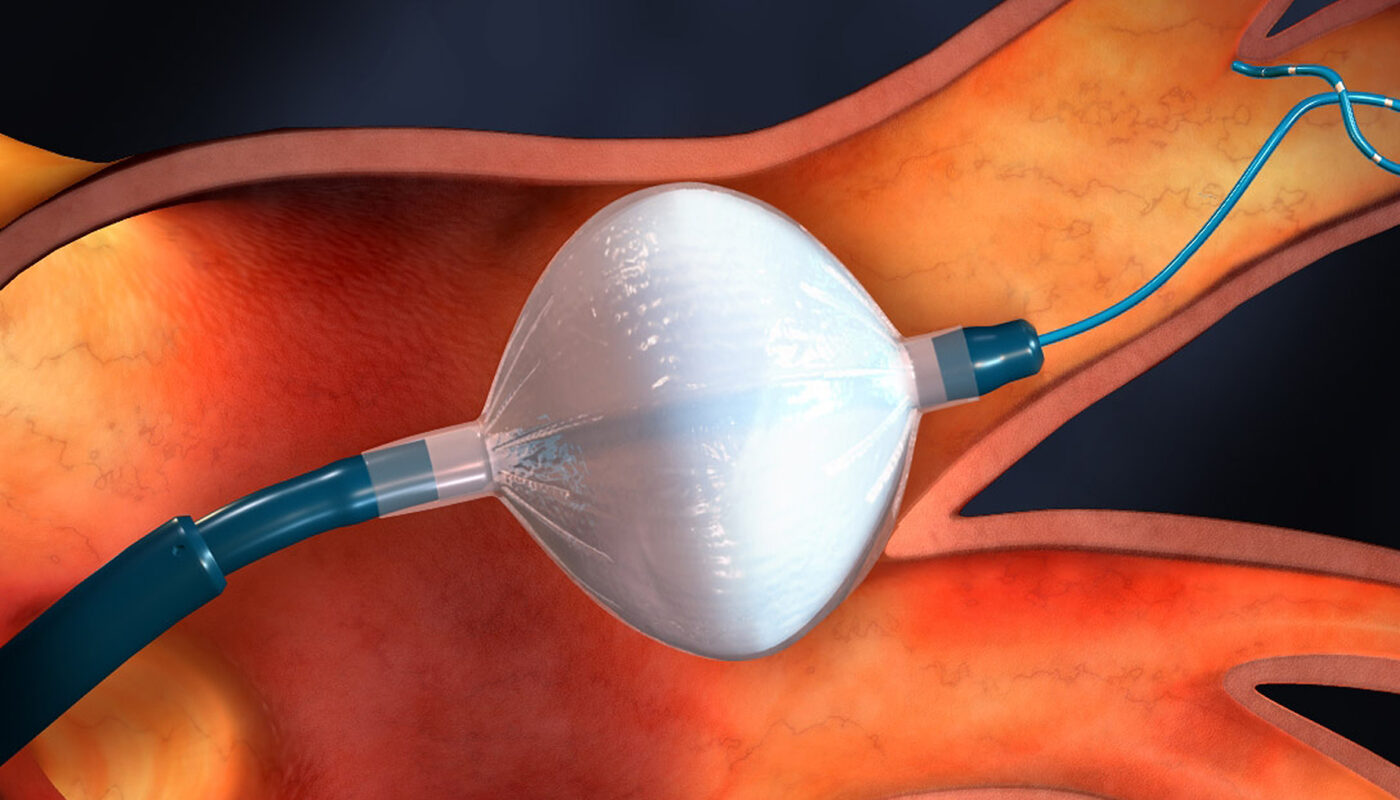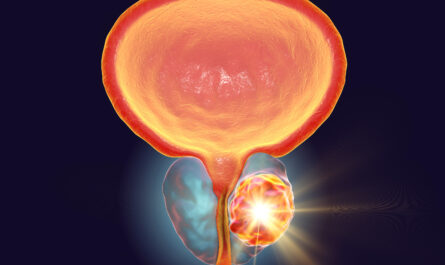Cryoablation, also known as cryotherapy or cryosurgery, is a minimally invasive procedure using extreme cold to destroy targeted cancerous or dysfunctional tissue. Cryoablation devices, commonly in the form of cryoprobes, are allowing physicians to safely and effectively treat various cancer types with minimal side effects. In this article, we take an in-depth look at cryoablation technology and its potential role in cancer care.
The Basics of Cryoablation Technology
Cryoablation Devices work by precisely delivering liquid nitrogen or argon gas through hollow needles, catheters, or probes to very low temperatures, typically -40°C to -189°C. This extreme cold causes formation of ice crystals inside treated cells which ruptures cell membranes and ultimately destroys tissue through cryonecrosis. The freezing process also prompts an immune response that can help prevent future regrowth of malignant cells.
Cryoablation offers several advantages over traditional surgical resection or radiation therapy for treating some cancers. It is typically performed as a minimally invasive outpatient procedure using localized anesthesia with rapid recovery times. The freezing effect also causes relatively less damage to surrounding healthy tissue and critical structures. Precise temperature monitoring and control helps ensure safety and effectiveness. With proper placement of cryoprobes under imaging guidance, cryoablation can ablate tumors in difficult to reach anatomical locations.
Main Types of Cryoablation Devices
There are two primary types of cryoablation devices currently used in clinical practice:
1. Cryoprobes: Consisting of hollow needles or probe tips that can be precisely inserted into tumors under image guidance like ultrasound, CT or MRI. Liquid nitrogen or argon gas circulates through the needles to precisely deliver intense freezing to the target tissue. Cryoprobes come in various diameters and lengths to treat lesions of different sizes and locations.
2. Cryoshapes/applicators: These are specialized devices designed for cryoablating tumors in specific organs like the liver, lungs and prostate gland. Cryoshapes feature multiple cryoneedles or prongs arranged in predefined geometrical patterns that can simultaneously freeze larger volumes of dysfunctional tissue. Advances in 3D-conformal design help customize shapes and sizes to individual patient anatomy.
Applications in Cancer Treatment
Cryoablation is increasingly being used as a minimally invasive alternative to surgery for treating select early-stage cancer types with great success rates. Some of the main oncological applications of this technology include:
Liver Cancer: Both primary and secondary liver tumors are effectively cryoablated to offer patients a kidney-sparing option versus resection. Repeated sessions can also help control metastatic disease progression.
Prostate Cancer: Focal cryoablation of smaller, lower-risk prostate cancers provides oncological control with reduced risks of urinary or sexual side effects compared to whole-gland therapies like surgery or radiation. Active surveillance is no longer the only alternative to radical treatment.
Lung Cancer: Cryoablation has proven very useful for treating early-stage primary or secondary lung tumors unsuitable for resection due to location or patient comorbidities. Local control rates compare favorably with other ablative modalities.
Bone Metastases: Painful osteolytic bone metastases from various cancers like breast and prostate are effectively cryoablated under CT-guidance to provide long-term palliation.
Advancements & Future Potential
Continued innovation is expanding the role of cryoablation across more cancer types. Newer cryoablation devices now offer enhanced imaging integration, advanced navigation and ablation zone prediction capabilities. The emergence of robotic and magnetic resonance-guided cryoablation platforms promises even higher precision and real-time monitoring ability.
Combining cryoablation with immunotherapy is an area of active research focus. Preliminary evidence suggests the intense freezing may induce robust antigen release and subsequent anti-tumor immune responses when used alongside checkpoint inhibitors. This combined approach could prove synergistic for certain hard-to-treat metastatic cancers in the future.
In summary, cryoablation technology delivers a minimally invasive cancer treatment option with high safety, efficacy and precision. Its role continues growing alongside multi-disciplinary advancements across oncology. As technology improves further, cryoablation could become frontline therapy for additional tumor types in both the definitive and adjuvant clinical settings.
In this article we provided an in-depth view of cryoablation devices and their potential as a promising platform for minimal interventional oncology. The versatility and ongoing evolution of this freezing technology positions it well for further expansion across the cancer treatment landscape in the coming years. Cryoablation is certainly a technology to watch as it transforms minimally invasive care.
*Note:
1. Source: Coherent Market Insights, Public sources, Desk research
2. We have leveraged AI tools to mine information and compile it



